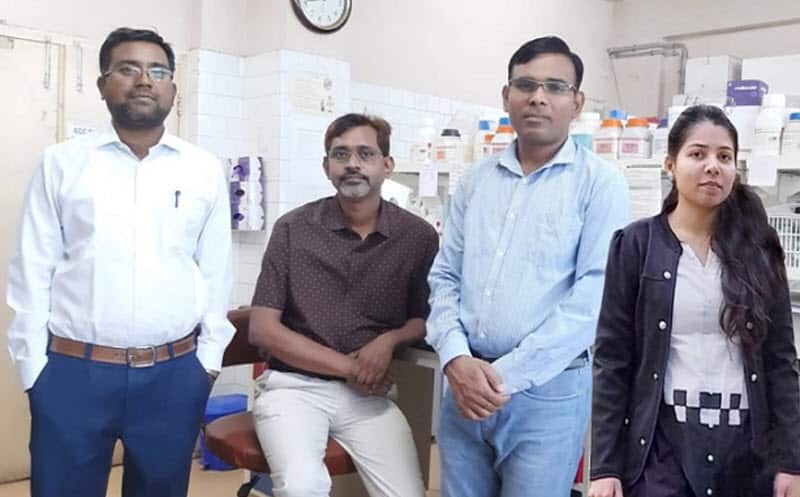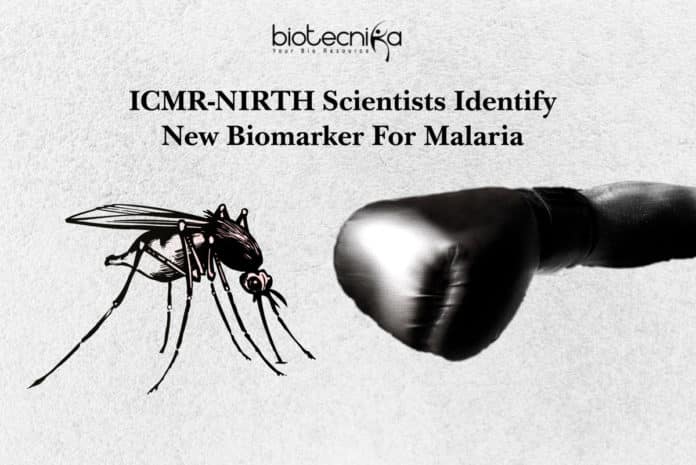New Biomarker For Malaria Identified by ICMR-NIRTH Scientists
A team of researchers at ICMR-NIRTH, Jabalpur has identified a genetic arrangement in the body of malaria parasite which promises to help create a more sensitive diagnostic test for the deadly illness. The research findings were published in the journal PLoS One.
Presently, evaluations used for diagnosing malaria are according to a gene, Histidine-rich Protein 2(HRP2), which is rich in an amino acid named Histidine. Various studies have revealed that this gene can be absent in some strains of the malaria parasite. Consequently, levels of malaria disease were passing undetected. Researchers throughout the globe have been looking for brand new biomarkers that would be more effective to find a cure for Malaria.
Researchers at NIRTH – National Institute of Research in Tribal Health have discovered that an enzyme called – glutamate dehydrogenase could be the key. Lead Researcher of the team – Dr. Praveen Kumar Bharti said that their scientific study offers evidence for conserved nature of the enzyme – glutamate dehydrogenase sequences in Indian isolates which can be used as a potential biomarker for diagnosis of malaria.

There are numerous genes
in each malarial parasite that can be targeted to kill or to spot it. However, these genes aren’t found in an equal amount in all of the breeds of the malaria parasite. While identifying the genes or proteins for diagnostic or therapeutic purposes, scientists select a protein or receptor which shows the smallest variation across different regions so that it can be utilized in as wide an area as possible. In scientific terms, this type of gene is considered to be conserved.In the current study, the scientists looked at three genes present in the deadliest malaria parasite Plasmodium falciparum – Glutamate dehydrogenase, lactate dehydrogenase, and aldolase.
For this, they gathered 514 blood samples of malaria-infected patients from the eight malaria- endemic states in India – isolated DNA from them and amplified the three genes. The genes were sequenced & nucleotide makeup of each of the samples was then compared. Among the three genes, nucleotide makeup of glutamate dehydrogenase was nearly the same across the samples.
Analysis of the protein structure of this gene revealed that it folded into protein structure across the trials, confirming that it could be a possible biomarker for malaria.
The research team at ICMR-NIRTH included – Amreen Ahmad, Anil Kumar Verma, Sri Krishna, Neeru Singh from NIRTH and Anjana Sharma from Rani Durgavati University, Jabalpur.






























